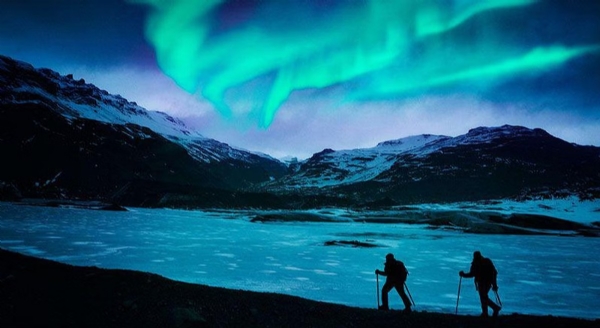NB Explains | NORTHERN LIGHTS IN INDIA! Know why never-before-seen aurora dazzle skies in Ladakh
A northern lights-like spectacle was observed in India’s own backyard last weekend. The Indian Astronomical Observatory above Mount Saraswati captured a rare phenomenon as a geomagnetic storm struck Earth"s magnetic field, creating unique auroras.Tt captured this phenomenon on a 360-degree camera.
The Northern Lights are a mesmerizing natural wonder. Aurora is one of the most beautiful phenomena on this planet. Usually, auroras are seen at higher altitudes in parts of Scandinavian or Nordic countries. However, this time the aurora came to us in Ladakh

#Aurora from #Ladakh!
— IIAstrophysics (@IIABengaluru) April 29, 2023
This is a time-lapse of the sky taken by a 360 deg camera at from #Hanle on 22/23 April night. You can see the aurora lights due to an intense geomagnetic storm that hit the Earth. It is extremely rare to see aurora at such a low latitude! @dstindia (1/n) pic.twitter.com/gGbrw86vsb
"This is a time-lapse of the sky taken by a 360 deg camera at from Hanle on 22/23 April night. You can see the aurora lights due to an intense geomagnetic storm that hit the Earth. It is extremely rare to see the aurora at such a low latitude!" the IIA tweeted.
The aurora was captured on April 22-23 night after a coronal mass ejection was hurtled from the Sun on April 21.The auroras are normally seen at higher altitudes in parts of Alaska, Norway, and other countries.
Know why did it happen?
The aurora was observed during the night of April 22-23 following a powerful solar storm caused by a coronal mass ejection (CME). A CME is a massive burst of plasma from the Sun that hits Earth at a speed of several millions kilometres per hour, causing disturbances to its magnetic field.
One of the most significant effects of a CME hitting Earth is a geomagnetic storm. A geomagnetic storm is a disturbance in Earth's magnetic field caused by the arrival of a CME's charged particles. When these particles interact with Earth's magnetic field, they can cause all sorts of electrical and magnetic disruptions.
The geoeffective CME led to an excellent night for auroral activity. The aurora came to lower-than-usual latitudes overnight leading to rare sightings of from Europe, China & Ladakh in India. Such a severe geomagnetic storm last occurred in 2015.

